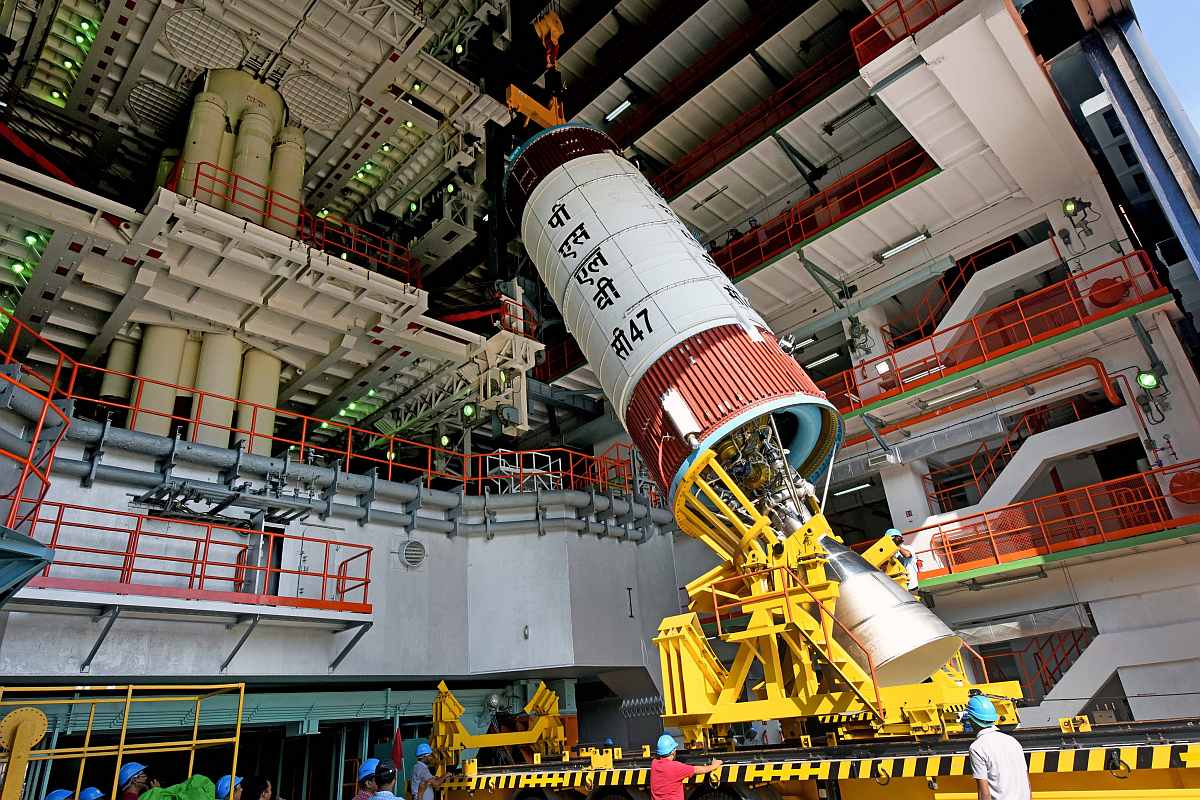Adah Sharma says she likes ‘sanskaari guys’
Actress Adah Sharma on Valentine’s Day has talked about what she finds most attractive qualities in a man and revealed that she is not into “bad boys”.
Further, the launch of four ton communication satellite GSAT-24 is also scheduled during the first quarter of this year using Ariane 5 rocket owned by Arianespace.

ISRO (Photo: Twitter/@isro)
The Indian space agency will begin this year’s romance with space missions on the Valentine’s Day, on February 14, by having one more eye in the sky, with the radar imaging satellite RISAT-1A or EOS-4.
According to the Indian Space Research Organisation (ISRO), the Polar Satellite Launch Vehicle-C52 (PSLV-C51) carrying 1,710 kg EOS-04 is scheduled to lift off at 5.59 a.m. on February 14.
Advertisement
The rocket will also carry two small satellites as co-passengers – a student satellite (INSPIREsat-1) from Indian Institute of Space Science & Technology (IIST) in association with Laboratory of Atmospheric & Space Physics at University of Colorado, Boulder and a technology demonstrator satellite (INS-2TD) from ISRO, which is a precursor to India-Bhutan Joint Satellite (INS-2B).
Advertisement
The rocket will blast off from the first launch pad at India’s rocket port in Sriharikota in Andhra Pradesh.
The EOS-04 will be put into a sun synchronous polar orbit of 529 km.
EOS-04 is a Radar Imaging Satellite designed to provide high quality images under all weather conditions for applications such as agriculture, forestry and plantations, soil moisture, and hydrology and flood mapping.
A repeat microwave remote sensing satellite of Risat-1, it is configured to ensure continuity of SAR in C-Band providing microwave data to the user community for operational services.
The satellite will play a strategic role in the nation’s defence with its capability to operate in day, night, and all weather conditions with a mission life of five years.
The satellite has high data handling systems and high storage devices among other things.
The 25 hours and 30 minutes countdown for the launch would commence at 4.29 a.m. on February 13, after authorisation by the Launch Authorisation Board.
The RISAT-1A flight will be followed by the launch of three satellites – OCEANSAT-3, INS-2B, ANAND- by PSLV-C53 in March and Micro SAT by the newly developed small rocket Small Satellite Launch Vehicle (SSLV) in April.
Further, the launch of four ton communication satellite GSAT-24 is also scheduled during the first quarter of this year using Ariane 5 rocket owned by Arianespace.
Advertisement